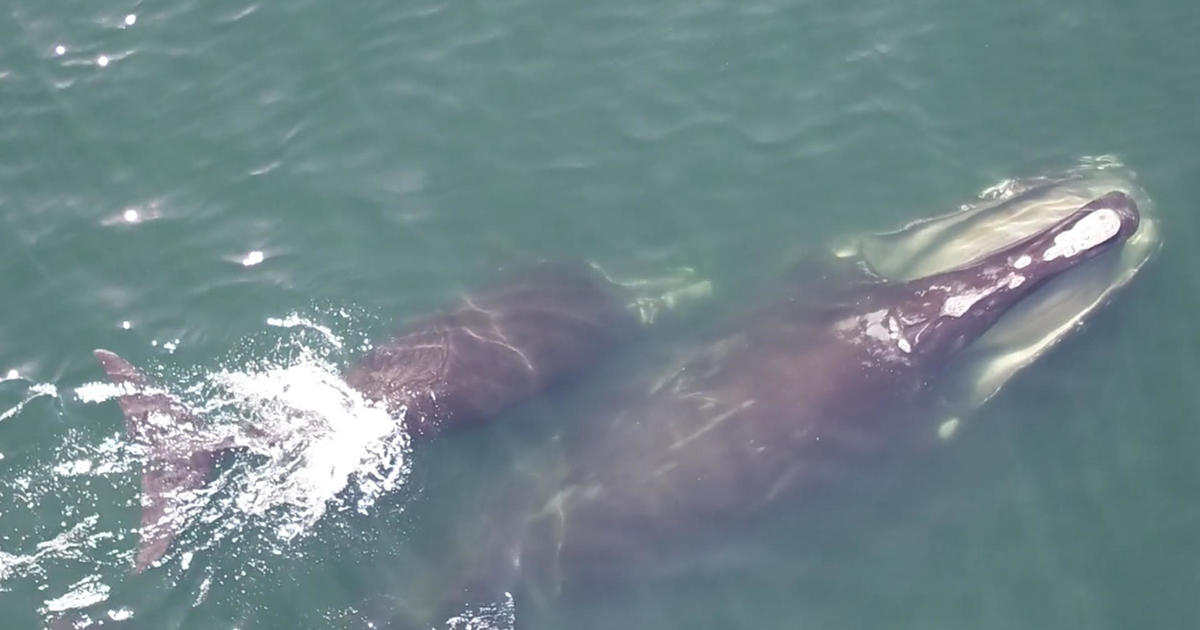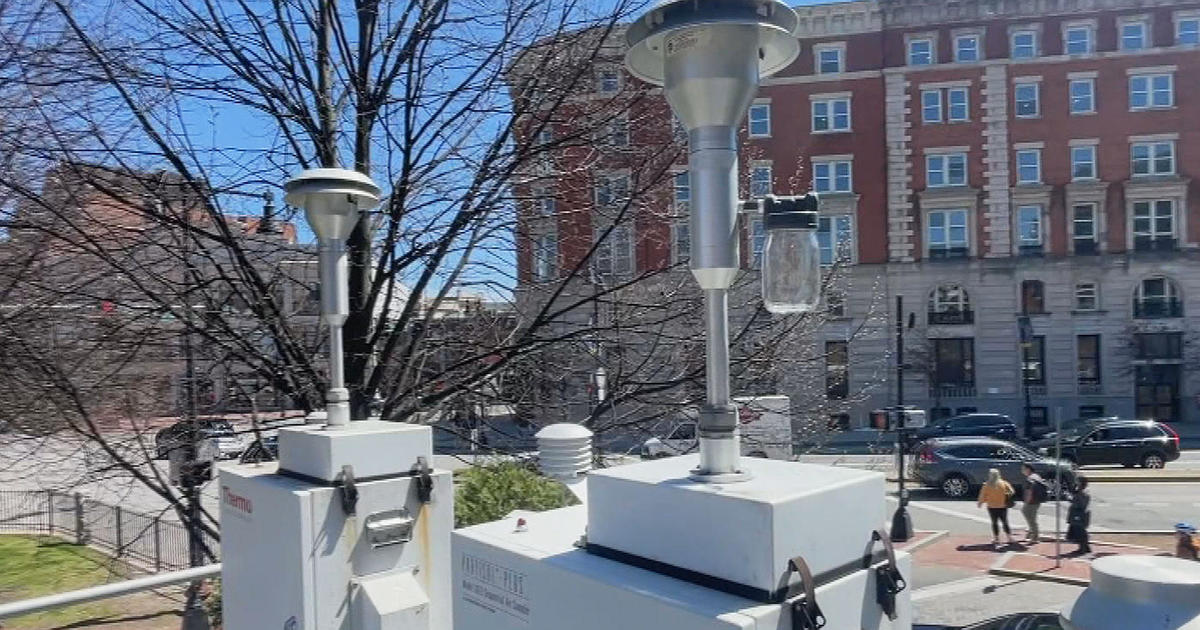It Happens Here: Freetown, Home Of The Food 'Digester'
FREETOWN (CBS) - It happens here in Freetown. It was originally settled by the Pilgrims and is one of the oldest communities in Massachusetts. It's a small town of just over 9,000 people, but just off Main Street there's a massive operation underway with hundreds of Stop & Shop tractor-trailers coming and going.
They leave packed full of groceries heading to stores throughout southern New England and they don't come back empty. The trailers are full of food waste, cardboard boxes, pill bottles, aluminum cans and even plastic bags. All of it will be donated, recycled and reused.
"We recycle those and send them down to a company, in North Carolina, called Trex, and Trex builds benches and floor and decking," explains Roger Beliveau who manages Stop & Shop's Distribution Services. "You're probably emptying and cleaning 200 trucks a day."
The food is another story. Whatever Stop & Shop can donate will go to area food banks. They're one of the largest donators to The Greater Boston Food Bank and Rhode Island Community Food Bank, sending $26 million worth of goods just last year.
Some food just isn't usable, so it ends up being offloaded into a warehouse where it's put into a machine called the digester. The huge machine breaks down 95 tons of food per day so it doesn't all end up in a landfill.
Beliveau says it works essentially like a giant juicer, crushing up the food waste as small as possible. About 20-percent of the product and packaging can't be broken down, so it's spit out and sent off to an incinerator.
"You're getting the liquid out of it. That's what you want for the digester is the liquid. So what we're creating in there is - they call it a slurry. We call it a milkshake," he told WBZ-TV.
It sounds simple but a group of scientists monitors the complexities of the digester. They make sure it's fed an exact amount of slurry so the bacteria inside the digester can break it all down.
What comes out at the end is a nitrogen-rich compost, water that gets filtered and reused in the process, and methane gas. The gas is trapped, then used to create power.
The digester has been operational for about three-and-a-half years and it creates enough energy to power the 1.1 million square foot distribution center for about four months every year.
The goal, Beliveau says, it to reduce Stop & Shop's food waste by 50-percent by 2030 and become as close to landfill-free as they can.




